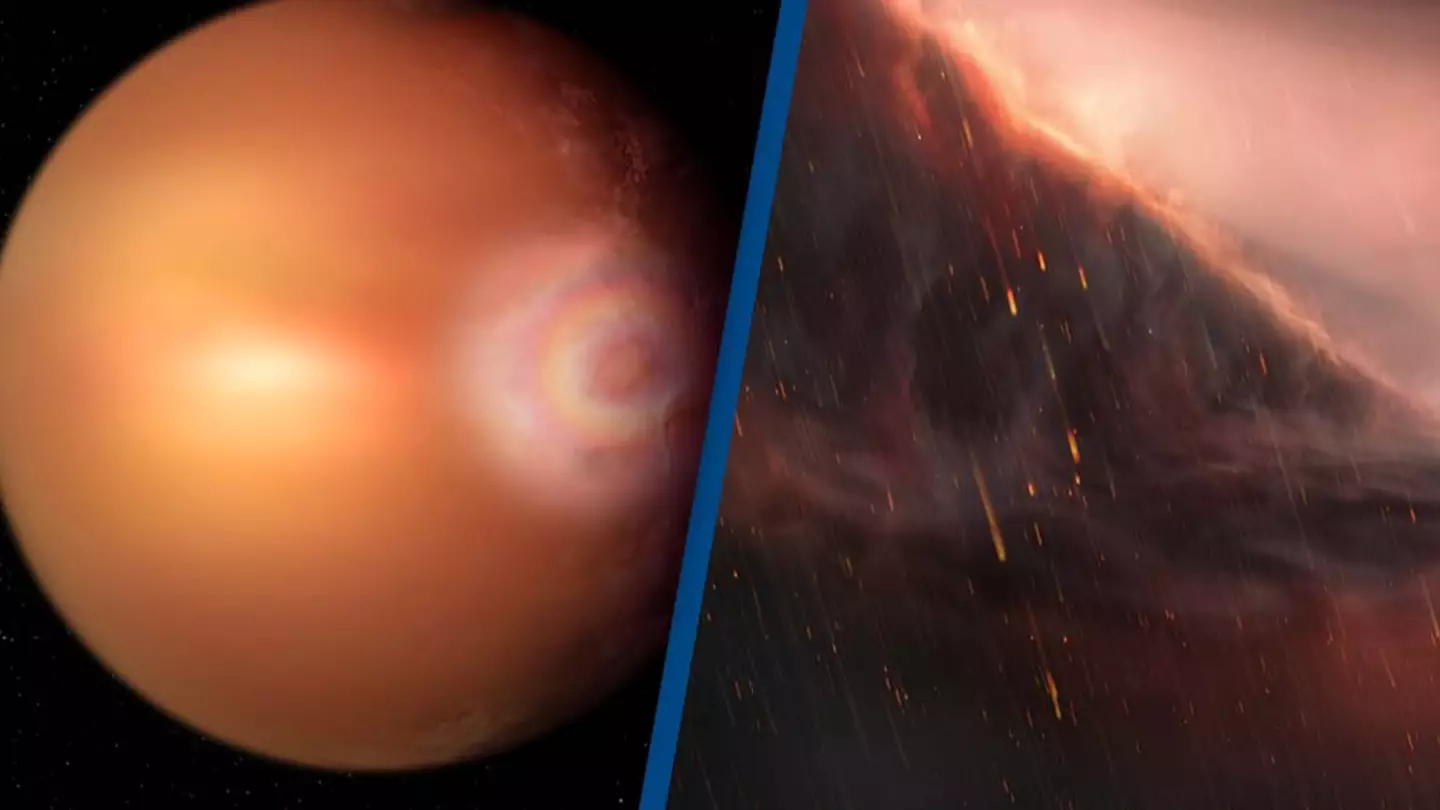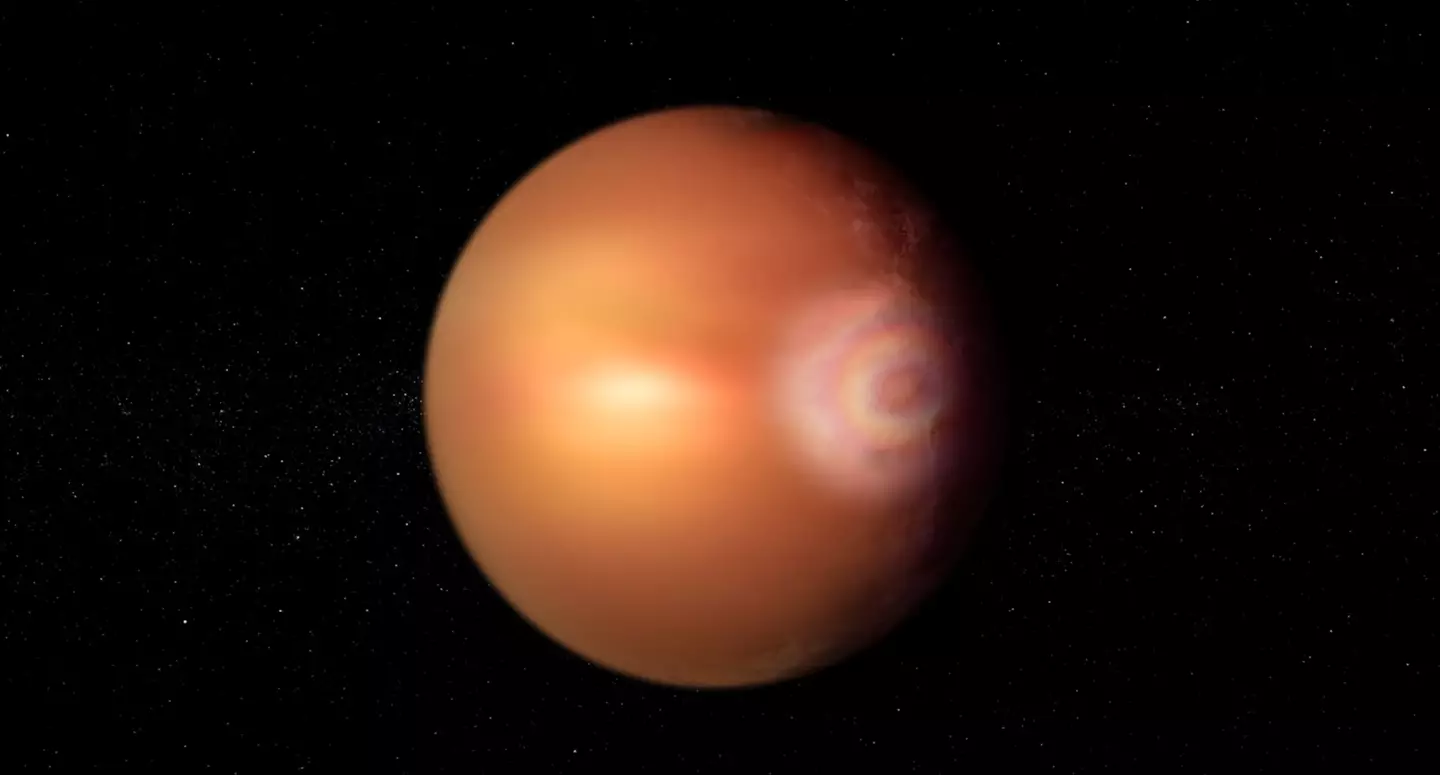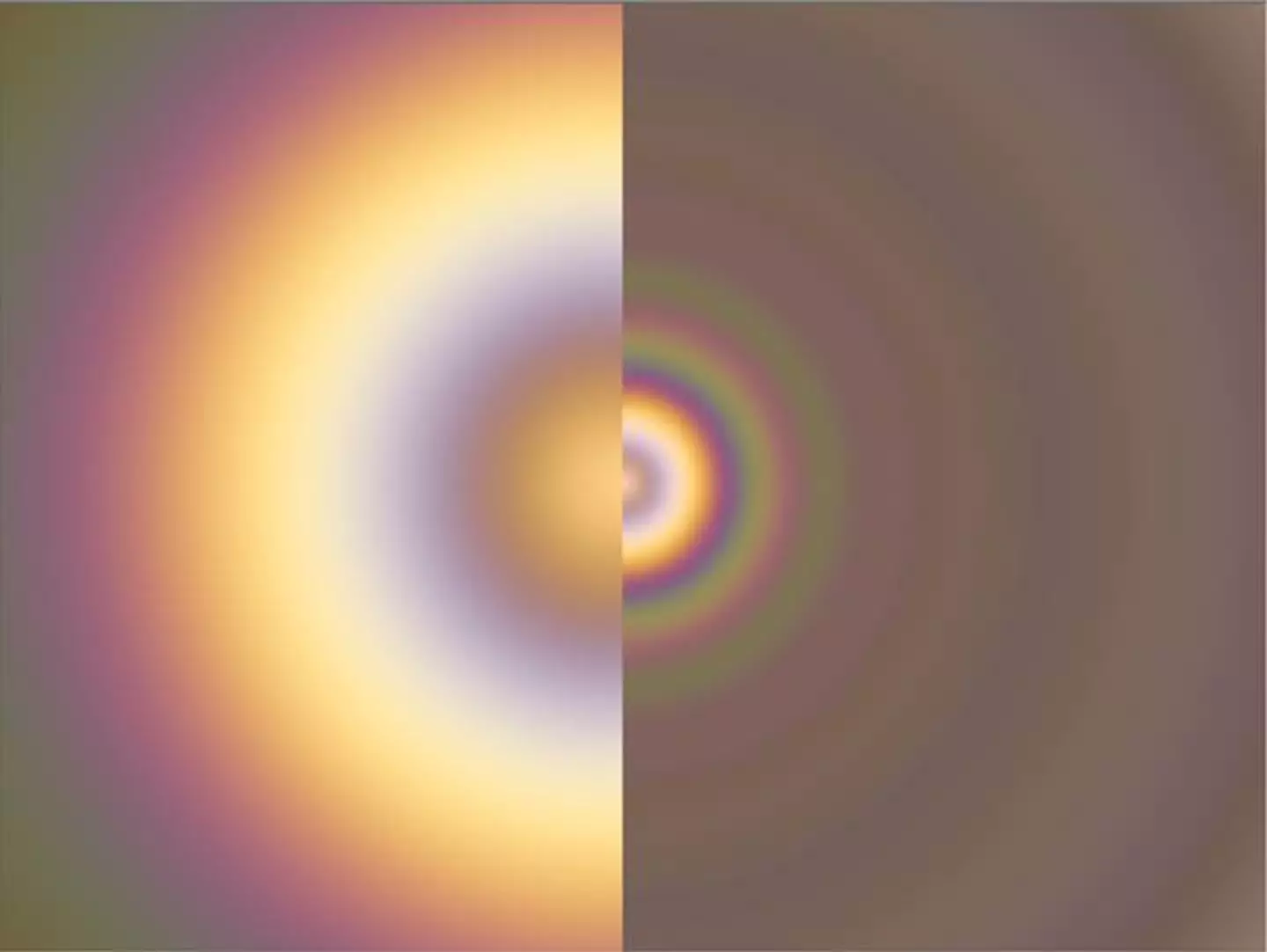
Signs of a 'glory effect' - that look similar to a rainbow - have been detected on a planet beyond our solar system.
'Glory' lights are colourful concentric rings of light that occur only under certain conditions.
They happen when light is reflected perfectly off the clouds which is made up of a currently unknown substance, and form when light passes between a narrow opening.
This process allows colourful, ring-like patterns to be created - which are pretty impressive to say the least - and data suggests this has been spotted around 637 light-years away.
Advert
According to observations from the European Space Agency’s Characterising Exoplanet Satellite (CHEOPS), astronomers believe it is coming from an exoplanet called WASP-76b.
The impressive effect has only ever occurred once on another planet, that being Venus.

If the phenomenon is confirmed, this first glory outside of the solar system will reveal more to experts about this exoplanet and its nature.
Advert
Co-author Thomas Wilson, from the University of Warwick, said: “Never before have we seen these colourful, concentric rings on an extrasolar body.
“So this first exoplanetary glory, if confirmed with future studies, would make WASP-76b a truly unique body, and give us a beautiful tool for understanding the atmospheres of distant exoplanets and how habitable they could be.”

Olivier Demangeon, from the Institute of Astrophysics and Space Sciences, said: “There's a reason no glory has been seen before outside our solar system - it requires very peculiar conditions.
Advert
“First, you need atmospheric particles that are close-to-perfectly spherical, completely uniform and stable enough to be observed over a long time.
“The planet's nearby star needs to shine directly at it, with the observer at just the right orientation.”

WASP-76b is said to be very similar to Jupiter, in the sense that it is ultra hot.
Advert
However, despite having less mass, it is nearly double the size.
It was first discovered in 2013, and has baffled scientists ever since.
One side of the planet is constantly facing the Sun, meaning that elements melt and evaporate, and condense to create iron clouds that pour molten iron rain.
Demangeon added: “This is the first time that such a sharp change has been detected in the brightness of an exoplanet.
Advert
“This discovery leads us to hypothesise that this unexpected glow could be caused by a strong, localised and directionally dependent reflection - the glory effect.”
Scientists have said that NASA’s James Webb Space Telescope could now be used to confirm that this is glory.
Confirmation would mean that the temperature of WASP-76 b's atmosphere must be stable over time.
Topics: Space, World News
